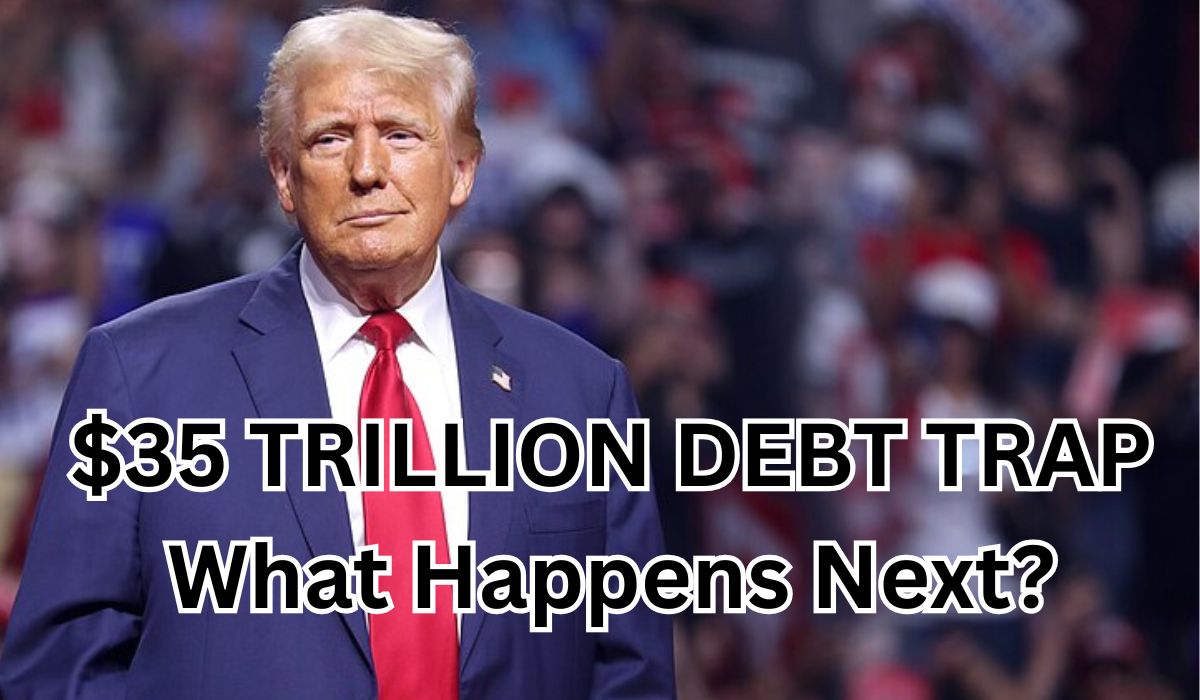The US government has entered another shutdown period, marking the 21st such occurrence in American history. While this isn’t unprecedented territory, the underlying fiscal challenges facing the world’s largest economy deserve serious attention from investors and market participants globally.
Understanding the Government Shutdown Mechanism
A government shutdown occurs when the US Congress fails to pass the federal budget, effectively removing the government’s authority to spend funds even when money exists in the treasury. During these periods, only essential services continue operating—defense, law enforcement, and hospitals remain functional while non-essential government employees are placed on unpaid leave.
The current impasse stems from the familiar gridlock between political parties over budget allocation priorities. Democrats are pushing for increased funding toward healthcare and social programs, while the Republican administration under President Trump seeks to limit spending in these areas. This disagreement has resulted in a budget stalemate, with estimates suggesting the shutdown costs the US government approximately $400 million daily.
Historical Context Worth Noting
Looking at the pattern of previous shutdowns reveals this isn’t extraordinary. The longest shutdown occurred during Trump’s previous term in 2018, lasting 23 days. Before that, a 21-day shutdown happened in 1995, and another 16-day closure occurred during the Obama administration in 2013. Most shutdowns resolve within days, though given the current political landscape, an extended duration remains possible.
The current shutdown began October 1st and continues as of this analysis, marking at least three days of government operations disruption.
The Deeper Fiscal Challenge
What makes the current situation more concerning than the shutdown itself is America’s escalating debt crisis. The US national debt has reached approximately $35 trillion—a staggering figure accumulated through decades of deficit spending financed by issuing treasury bonds purchased by foreign governments, institutional investors, and individuals worldwide.
Here’s what makes this particularly significant: The interest payments on this debt have now reached into the trillions of dollars annually. America has essentially built its economic growth on borrowed money, and the bubble continues expanding. The government finds itself borrowing additional funds just to service existing debt—a classic debt trap scenario.
The Dollar Credibility Question
Examining the mechanics behind this debt reveals additional concerns. When governments issue currency, they traditionally maintain gold reserves to back that currency. However, evidence suggests the US has printed dollars far exceeding its gold reserves, gradually eroding the dollar’s fundamental credibility.
This credibility crisis hasn’t gone unnoticed internationally. China, Russia, and several Middle Eastern nations are actively exploring alternatives to dollar-denominated trade. The BRICS nations have discussed creating their own currency system, which could significantly accelerate the dollar’s decline if implemented.
The Federal Reserve attempts to manage these pressures through interest rate adjustments, solving short-term problems while the long-term structural issues compound. America faces a difficult choice: printing more dollars risks further credibility erosion, while accumulating more debt creates unsustainable interest obligations.
The Cryptocurrency Solution Being Considered
What’s particularly interesting from a market perspective is the discussion around potentially restructuring US debt through cryptocurrency mechanisms. Specifically, there’s talk of the Federal Reserve creating a Central Bank Digital Currency (CBDC) that could function similarly to stablecoins like USDT.
While the government cannot directly replace debt with cryptocurrency, the Federal Reserve could theoretically issue a digital dollar and restructure existing obligations to create new forms of liquidity. This approach carries risks—particularly to dollar credibility—but could provide an escape route from the current debt trap.
If this scenario unfolds, digital assets like Bitcoin and physical gold would likely see significant demand increases as investors seek alternatives to depreciating fiat currency.
Market Impact Assessment
Short-Term Implications
The government shutdown itself shouldn’t trigger major market disruptions. With 20 previous shutdowns providing historical precedent, markets have learned to absorb these temporary political impasses. The immediate effects include:
- Delayed economic data releases (jobs reports, inflation figures)
- Temporary salary disruptions for government employees (later compensated)
- Potential GDP growth reduction if the shutdown extends significantly
- Public service disruptions
Long-Term Considerations
The structural debt issues present more serious long-term risks. If America cannot control its debt trajectory and dollar credibility continues eroding, the probability of significant market corrections increases substantially.
For US markets specifically, continued debt accumulation without credibility restoration creates systemic risk. However, for emerging markets like India, this situation presents opportunities. When dollar weakness or US uncertainty emerges, foreign investors often redirect capital toward growing economies with stronger fundamentals.
India’s developing economy status makes it an attractive destination for capital flows during periods of US market uncertainty. Increased foreign investment could provide positive momentum for Indian equity markets, offering a counterbalance to any negative spillover from US challenges.
What Investors Should Monitor
The key isn’t the shutdown itself—these resolve relatively quickly. Instead, watch for:
- Progress (or lack thereof) on US debt ceiling negotiations
- Dollar strength indicators and international trade settlement patterns
- Federal Reserve commentary on digital currency initiatives
- Foreign investment flow patterns, particularly toward emerging markets
- Bitcoin and gold price movements as alternative asset indicators
The current shutdown is a symptom of deeper fiscal challenges facing the US economy. While the immediate market impact remains limited, the underlying debt dynamics and dollar credibility questions deserve serious attention in long-term portfolio positioning.
Understanding these structural issues helps investors anticipate potential shifts in the global financial landscape rather than reacting to headline events. The next several months will likely provide important signals about whether US policymakers can address these fundamental challenges or whether the debt trap continues tightening.

I learned a lot from this. Thank you.